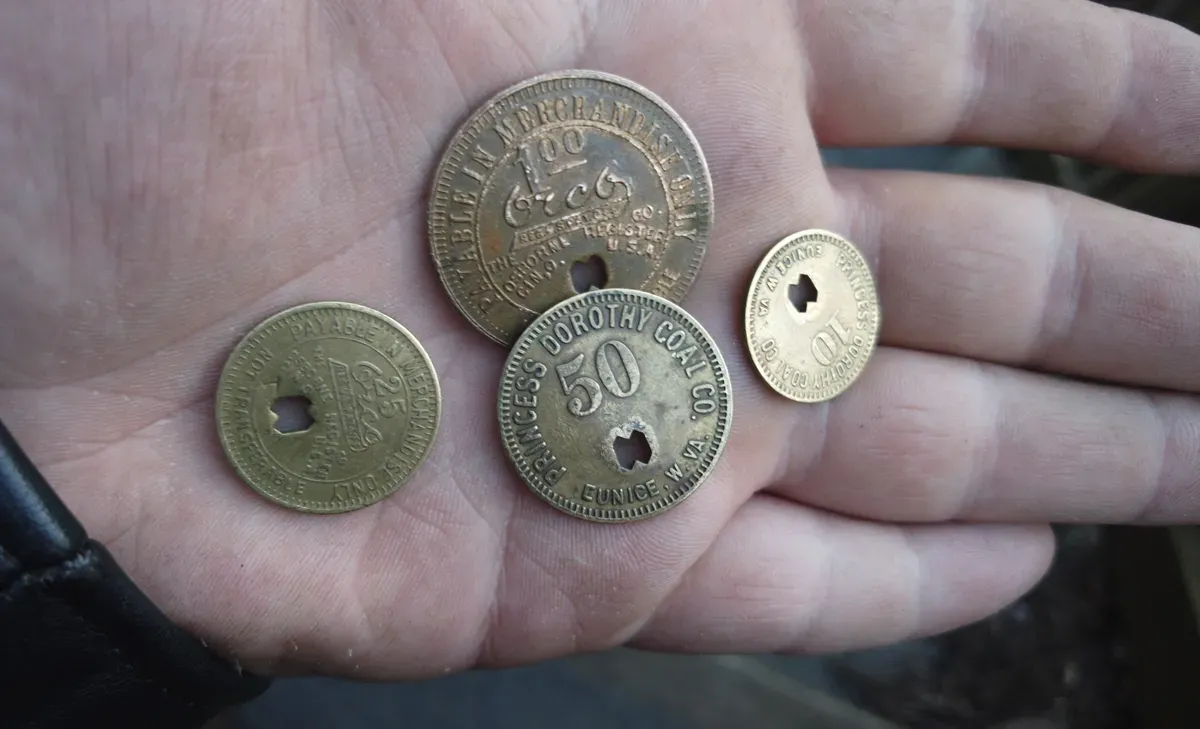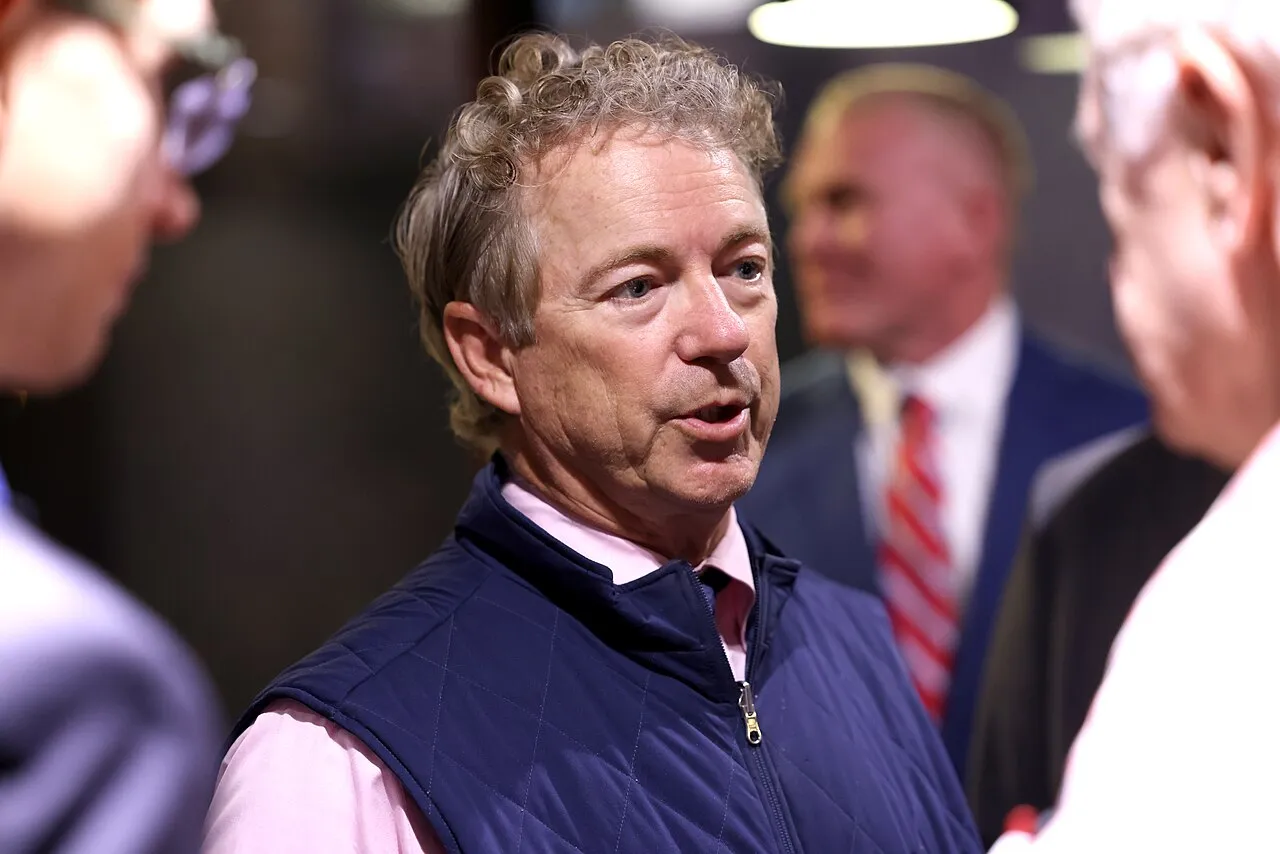Two years of warnings against mail-in voting have had an effect on politicians and policy makers. “Over the past two years, GOP-controlled states have made it harder for citizens to vote by mail, and blue states have made it easier,” Will Norris reports for The Washington Monthly.
Developing evidence shows mail-in voting is not harmful to either party. Consider the unique circumstances of one rural town, Norris writes: “Emerson, Nebraska, is a farming town of 900 in the state’s sparse northeast expanse. Its Republican-leaning, nearly all-white population makes Emerson not unlike dozens of other rural communities in the state. It is unique, however, for being the only town in the state divided between three counties: Dixon County, which covers the western half of Emerson; and Dakota and Thurston counties, which make up the northeastern and southeastern quadrants of the town, respectively.”
“Those odd lines made Emerson a litmus test for one of the most contentious issues in the 2020 election: vote by mail. Under state law, Nebraska counties with fewer than 10,000 residents have the option to conduct their elections entirely by mail by sending ballots to all registered voters. Dixon County chose to do so. Dakota and Thurston counties decided otherwise and ran their elections the old-fashioned way, with polling places,” Norris writes.
In Emerson, 2020 votes were counted without a whisper of fraud. In fact, “Turnout in the all-mail Dixon County half of Emerson was 8.3 percent higher than on the other side of town, according to a study by the National Vote at Home Institute, a nonprofit research organization,” Norris reports.
This study and others shared by Norris provided evidence that regardless of party lines, mail-in voting increases voter turnout. If a county has more Republican support and allows mail-in voting, Republican contenders will get more votes.
Christopher Mann, a political scientist at Skidmore College, told Norris, “This idea that vote by mail is a form of voting that inherently advantages Democrats is just flat wrong. ... It is a mode of voting that creates opportunities for political parties to mobilize their supporters.”
--30--
Written by Heather Close. Cross-posted from The Rural Blog.







